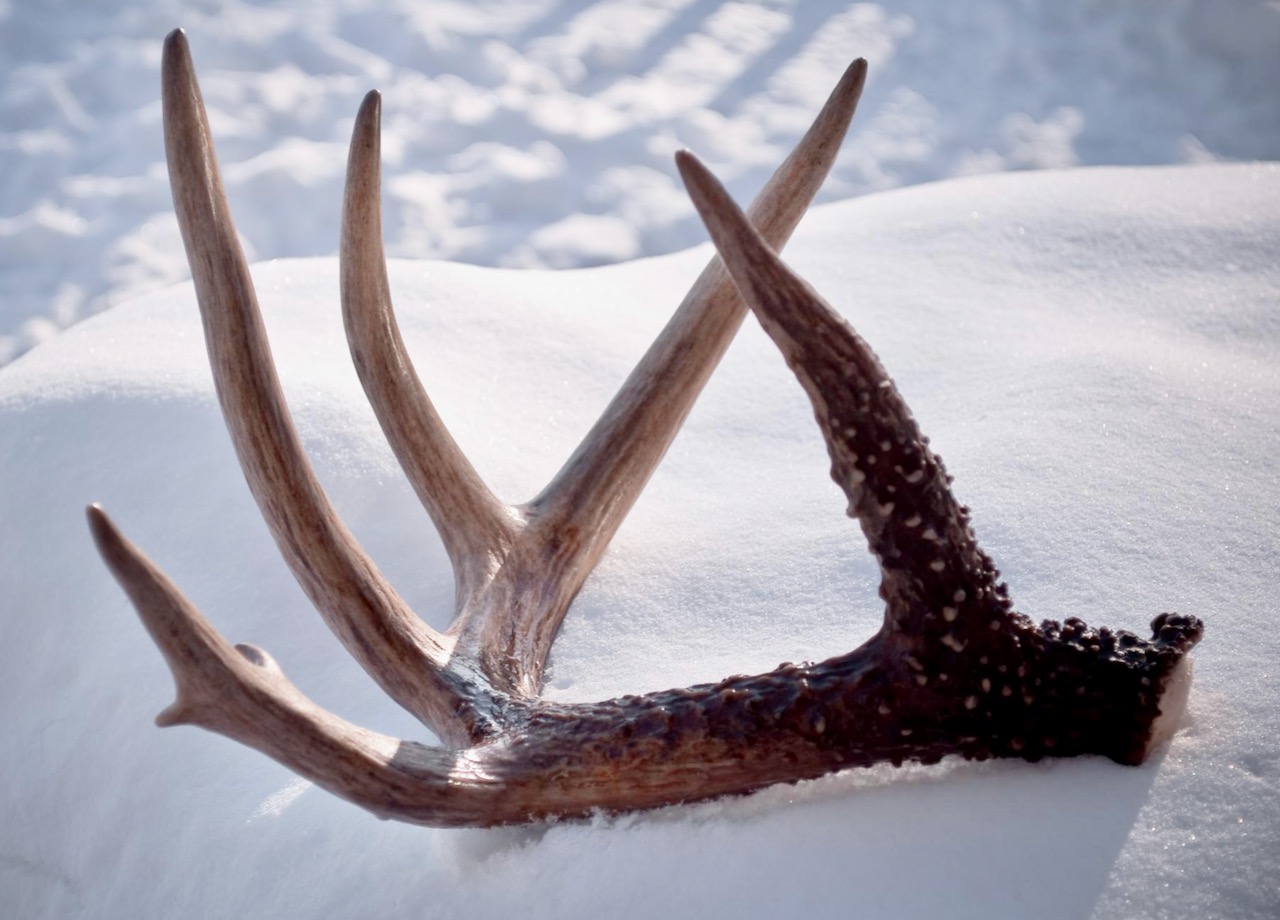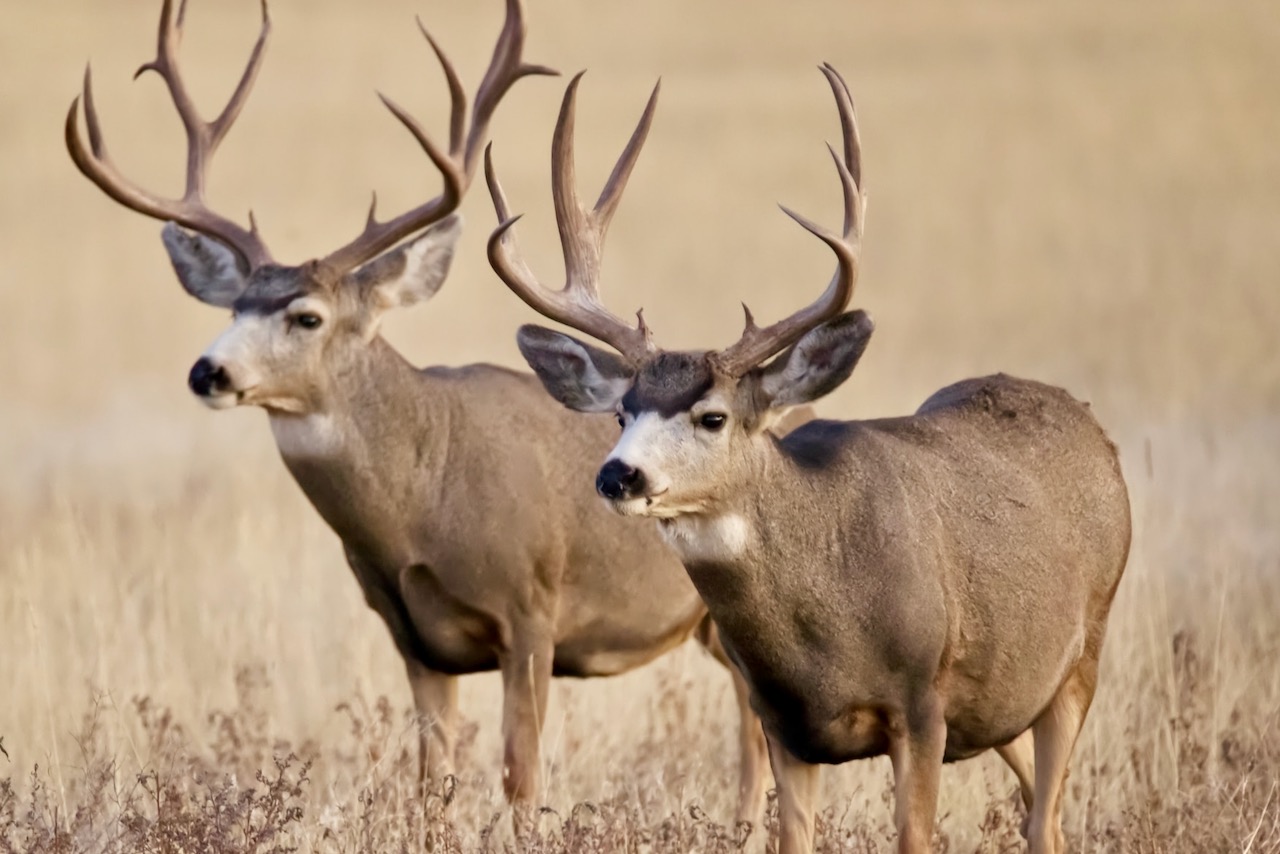ANTLER ACADEMY
Here’s what you need to know to bring home a true trophy—and stay on the right side of the regs
Advertisement

#5 WHAT CAUSES ANTLERS TO DROP OFF?
Once breeding season has ended, antlers have served their purpose and become extra weight during winter, so they’re shed. There are many suggestions as to what actually triggers antlers to shed, such as very cold or extra warm weather, good or poor habitat, and the age of the animal. However, those factors contribute to antler drop only so far as they affect the amount of testosterone in the male’s blood system.
Once the rut is over, a decline in testosterone triggers a reabsorption of minerals from the bone cells at the base of the antler. The connection then weakens and becomes grainy, and the antlers fall off with little effort. Reabsorption takes a bit of time, though, and antler drop can happen anytime between late December and early April. The antler attachment site then remains bloody and raw until it scabs over.
Advertisement
Interestingly, it’s uncommon for both antlers to fall off at the same time, so males can carry a single antler for hours, days or even weeks. It is not surprising, therefore, that a matched set is considered a prize when shed hunting (like this rare set found by Outdoor Canada reader Julia McIntyre).
Collecting sheds is a popular activity during spring, providing hunters with insight about the quality of the males in the area as they plan for future hunts. Any sheds that aren’t collected soon get consumed by rodents and other mammals, including foxes and even bears, as a tasty source of calcium and other minerals. What remains of antlers after the mammals have had their fill becomes food for bacteria, then eventually part of the forest soil.

